How Are Queen Bees Made? A Peek into the Royal Buzz
Have you ever wondered how a tiny little insect can hold so much power over an entire colony? Yep, we're talking about queen bees. These regal ladies aren't born into their roles by chance - oh no, they're meticulously crafted through a combination of biology, bee teamwork, and a bit of natural magic. So, please put on your beekeeper's hat, grab a cup of honey-sweetened tea, and let's learn more about the fascinating world of how queen bees are made!

The Royal Origins of Queen Bees
Queen bees don't just pop out of nowhere. Their journey begins much like every other bee's, but with a twist. Worker bees, those diligent, buzzing multitaskers, select a few lucky larvae as potential queens. It's like being nominated for bee prom queen but with much higher stakes and less glitter.

The Royal Jelly Diet
Here's where the magic ingredient comes in: royal jelly. Nurse bees produce this remarkable substance and feed it exclusively to the chosen larvae. Think of royal jelly as a superfood smoothie with a sprinkle of royal pixie dust. While all bee larvae get a taste of this nutritious treat for the first few days of their lives, future queens get an all-you-can-eat buffet.
Royal jelly is packed with proteins, sugars, fatty acids, vitamins, and secret ingredients scientists are still buzzing about. This rich diet triggers the development of queen-specific traits, such as fully developed ovaries and the ability to produce pheromones that control the hive. Essentially, royal jelly turns an ordinary larva into the Beyoncé of bees.

The Royal Development of Queen Bees
The transformation from regular larva to queen isn't just about diet. Timing and care play crucial roles, too. The selected larvae are placed in unique, larger cells called queen cups. These are like luxury condos compared to the cramped apartments of worker bee larvae.

The Pupation Process
After about five days of royal jelly feasting, the larvae spin a cocoon and enter the pupal stage. It's during this time that the transformation happens. The future queen undergoes a complete metamorphosis inside the cocoon, developing her distinct queen features. This process takes around eight days.

The Coronation
Emerging from her cell, the new queen bee is ready to claim her throne, but it's not always a peaceful ascension. If multiple queens emerge simultaneously, a dramatic showdown ensues. Queen bees are not known for their diplomacy—instead, they settle disputes with a good old-fashioned duel. The surviving queen takes over the hive, while the vanquished rivals do not get happy endings.

The Royal Duties
Once the dust (or bee pollen) settles, the reigning queen has a few key responsibilities:
- Reproduction: The queen's primary job is to lay eggs. She can lay up to 2,000 eggs per day during peak season. That's like running a marathon every day but with egg-laying.
- Pheromone Production: Queen bees produce pheromones that regulate the hive's activities and maintain social order. It's their way of saying, "I'm the boss, keep calm and carry on."
- Colony Cohesion: The queen's presence keeps the hive unified and focused. Without her, the hive would descend into chaos faster than you can say "honeycomb."

Fun Facts About Queen Bees
Queen's Mating Flight
Before she settles into her royal duties, the queen goes on a mating flight. She leaves the hive and mates with several drones (male bees) in mid-air. This is the only time she'll mate in her life, but it provides her with enough sperm to fertilize eggs for the rest of her reign, which can last up to five years.
Different Types of Queens
Not all queen bees are created equal. There are two types of queens in the bee world: emergency and supersedure. Emergency queens are raised quickly when the old queen dies suddenly. In contrast, supersedure queens are gradually groomed to replace an aging or failing queen.
The Sound of Royalty
Queen bees have a unique way of communicating called piping. It's a series of high-pitched sounds that indicate different things, such as a queen's presence or readiness to emerge from her cell. It's like the royal trumpet fanfare but more bee-like.

The Importance of Queen Bees
The health and productivity of a bee colony depend heavily on its queen. A robust and healthy queen means a thriving hive, while a weak or sick queen can spell disaster. Beekeepers often check the queen's health and replace her if necessary to ensure the colony remains productive and vibrant.
How Can You Help the Queens?
You might not be a beekeeper, but there are plenty of ways you can support queen bees and their colonies:
- Plant Bee-Friendly Flowers: Providing diverse pollen and nectar sources helps sustain bee populations. Consider planting flowers like lavender, sunflowers, and daisies in your bee-friendly garden.
- Avoid Pesticides: Pesticides can be harmful to bees. Opt for natural pest control methods to keep your garden bee-friendly.
- Support Local Beekeepers: Buying honey and other products from local beekeepers helps support healthy bee populations.
- Educate Yourself and Others: Spread the word about the importance of bees and how people can help protect them. Knowledge is power; in this case, it's also a way to save the bees.
For more tips on how you can contribute to the well-being of bees, check out our blog post on 5 Ways to Save the Bees.

Conclusion
Queen bees are indeed the heart of the hive. They play a crucial role in maintaining the colony's health and productivity. Their journey from ordinary larva to regal monarch is a testament to the wonders of nature and the intricate social structures of bees. So next time you see a bee buzzing around, take a moment to appreciate the incredible world it comes from and the queen who keeps it all running smoothly.
Remember, every small action you take to support bees can make a big difference. Plant a flower, avoid harmful chemicals, and spread the buzz about how amazing these little creatures are. After all, in the world of bees, every little bit counts.
And who knows? Maybe one day you'll find yourself as fascinated by queen bees as we are—ready to share your newfound bee wisdom with anyone who will listen. Until then, stay curious and kind and support the bees!

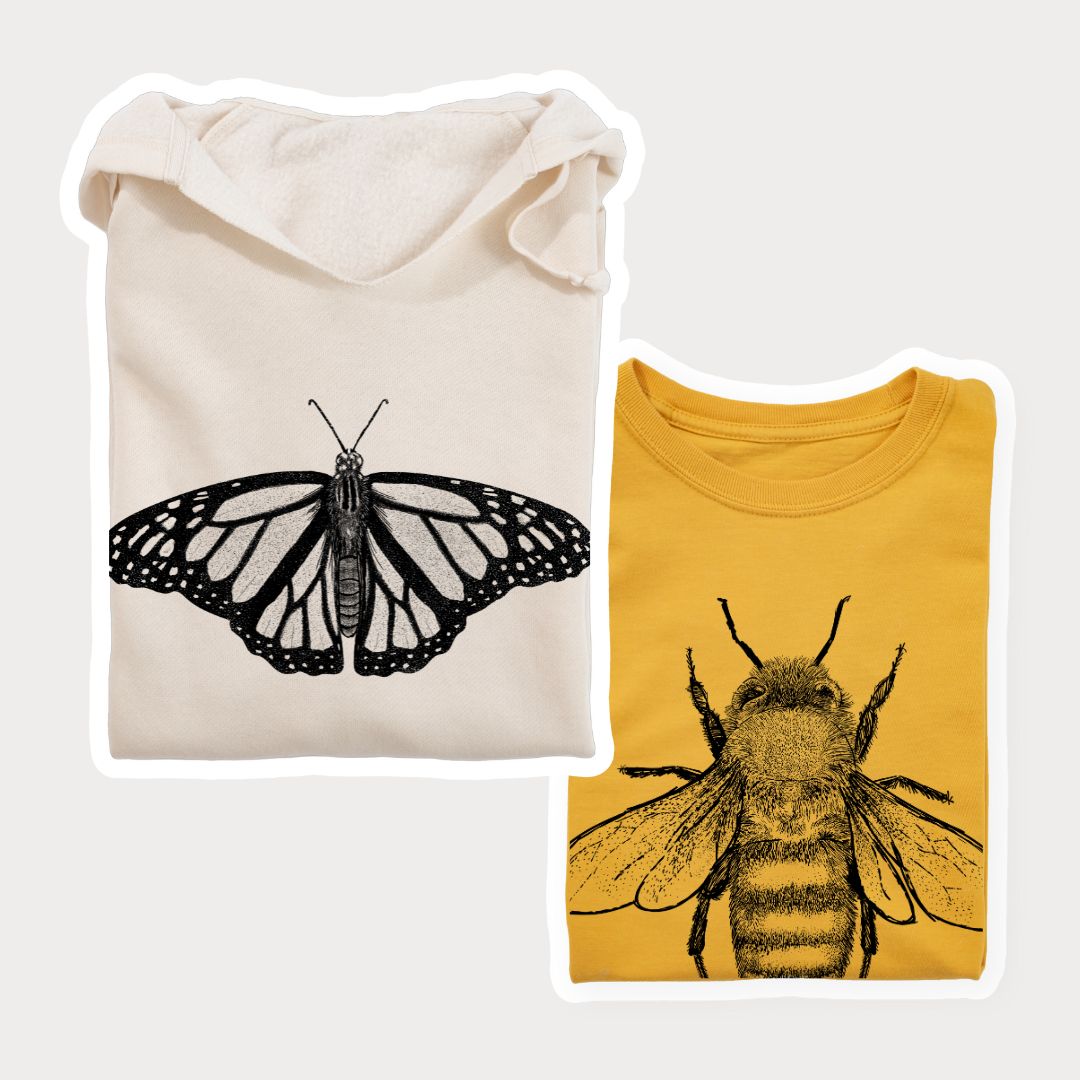



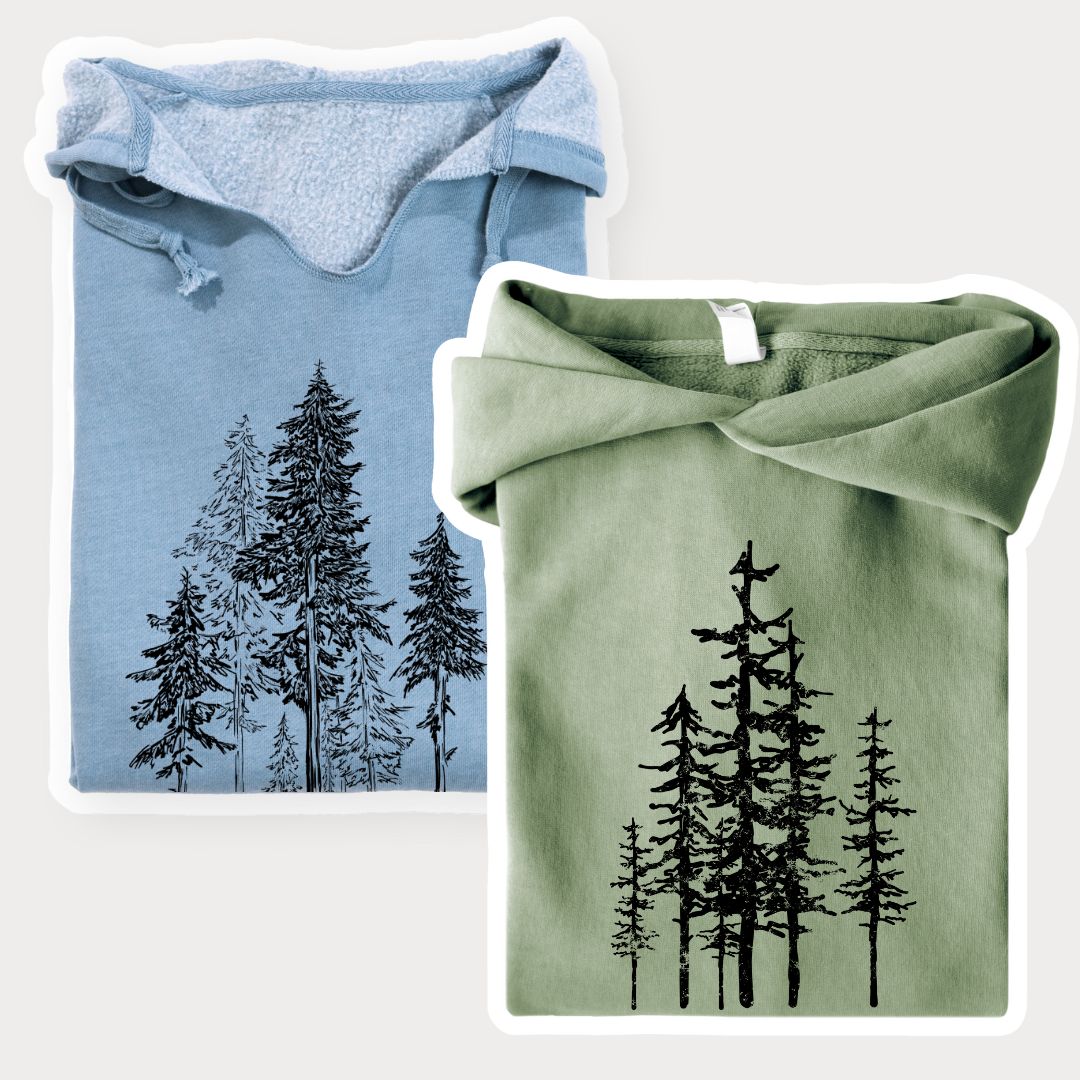
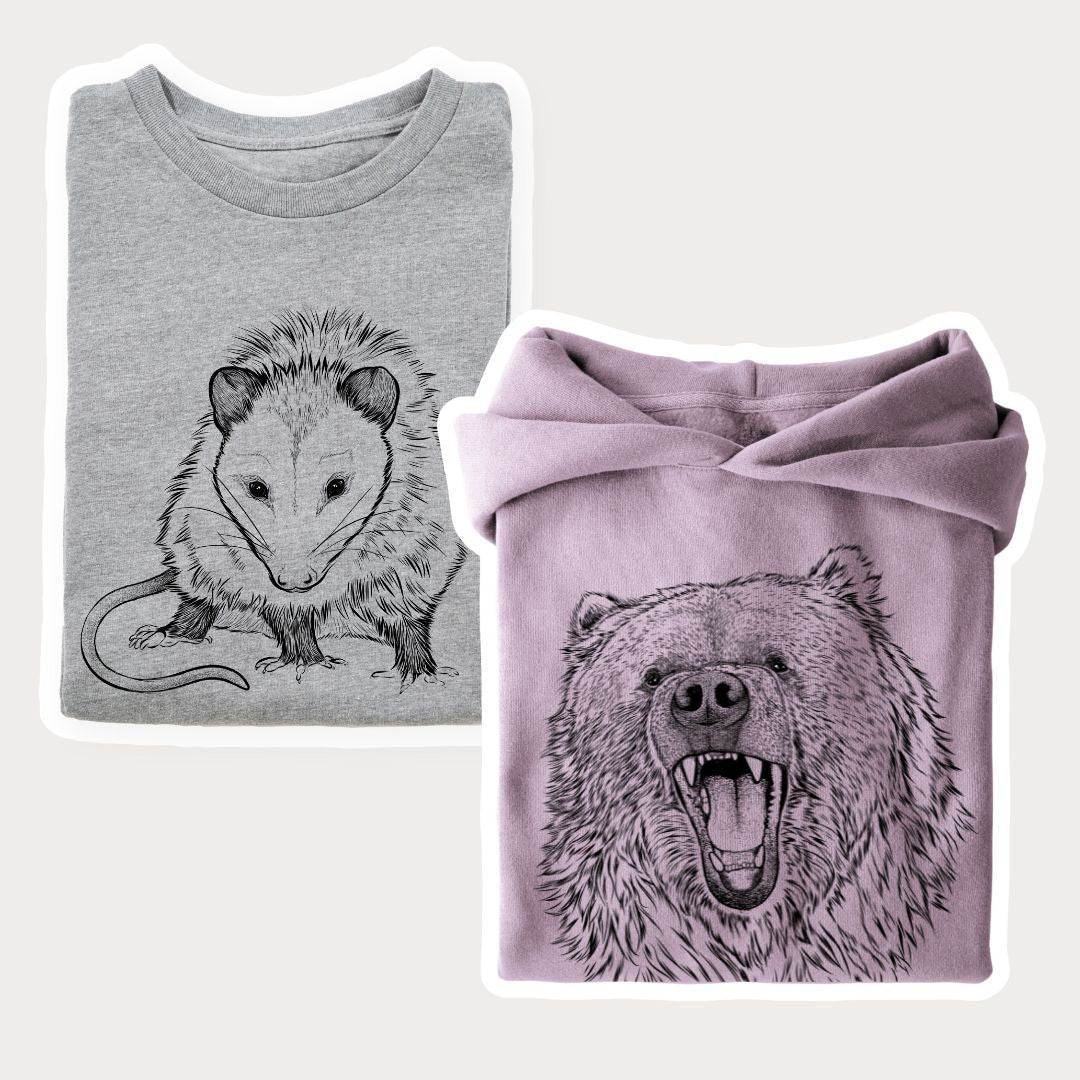




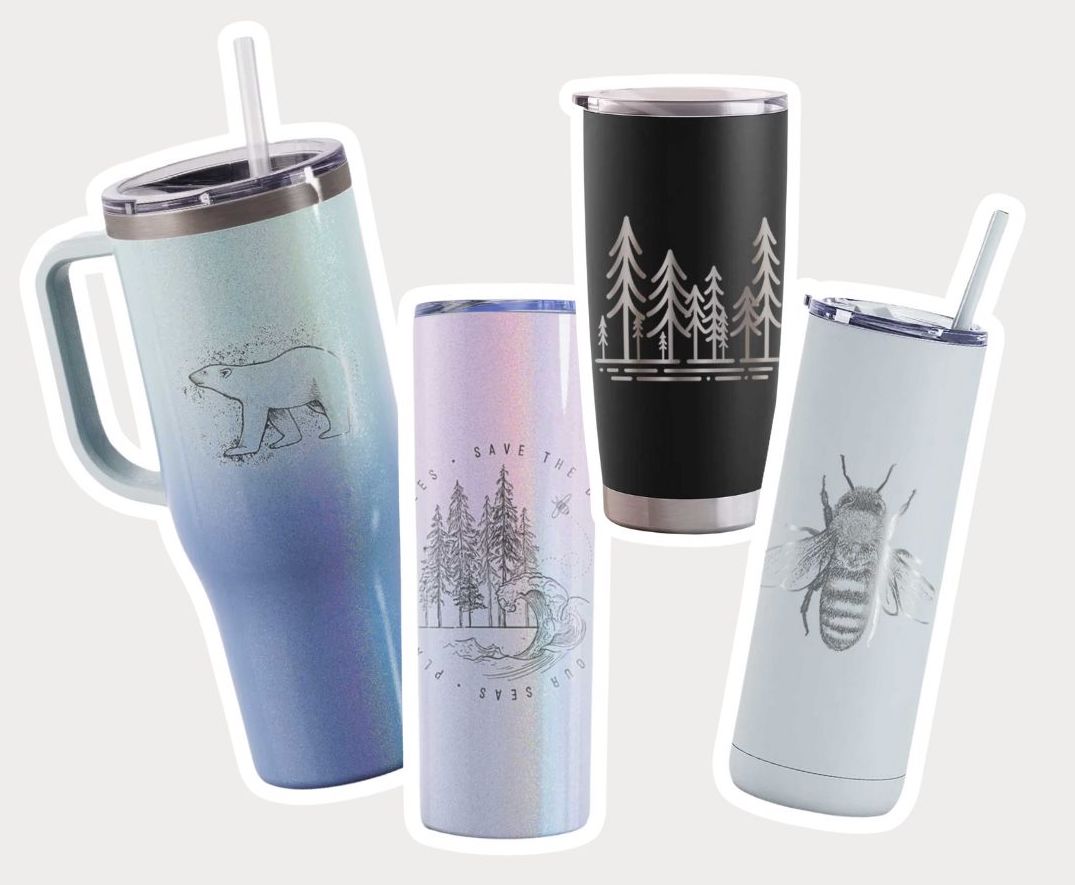

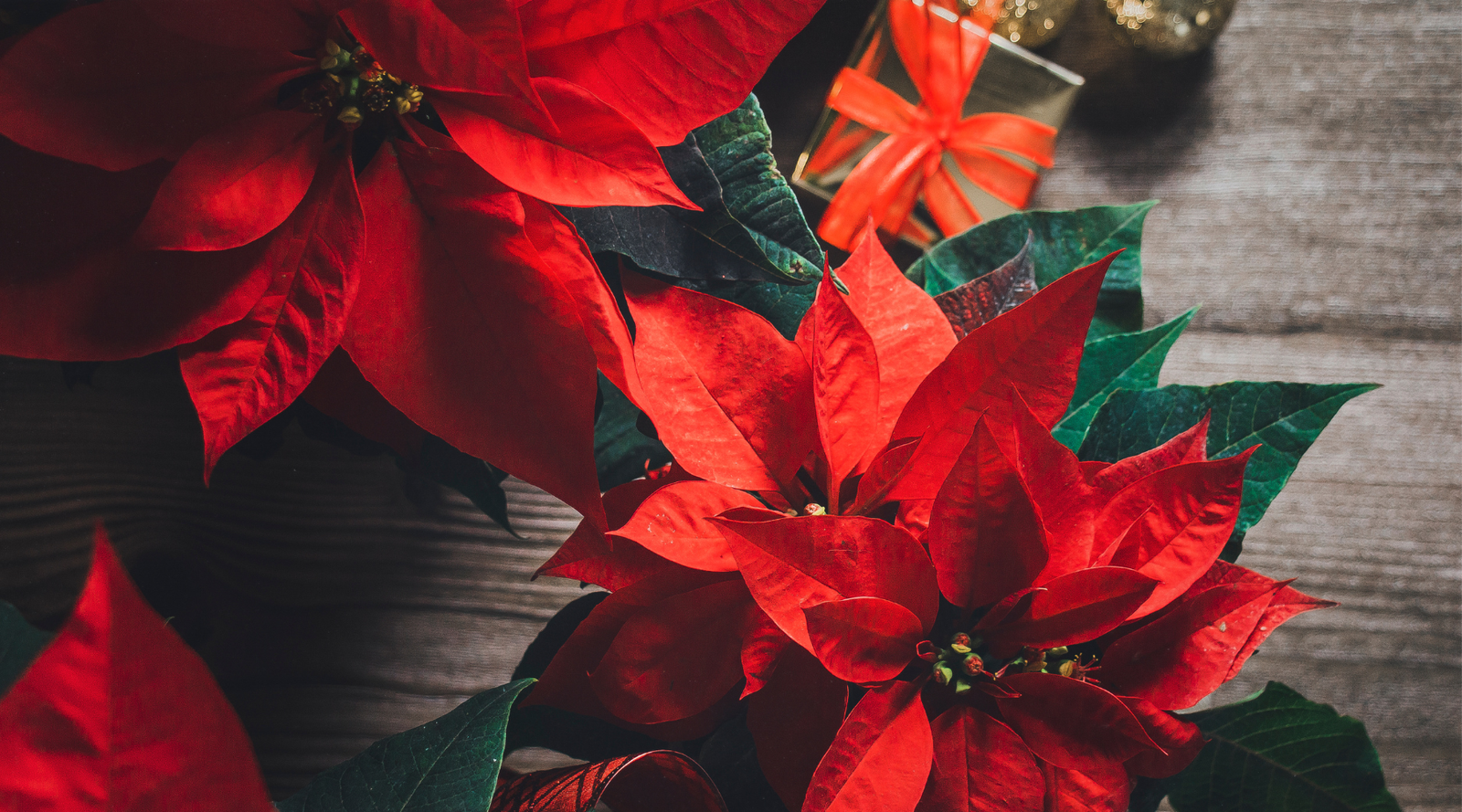

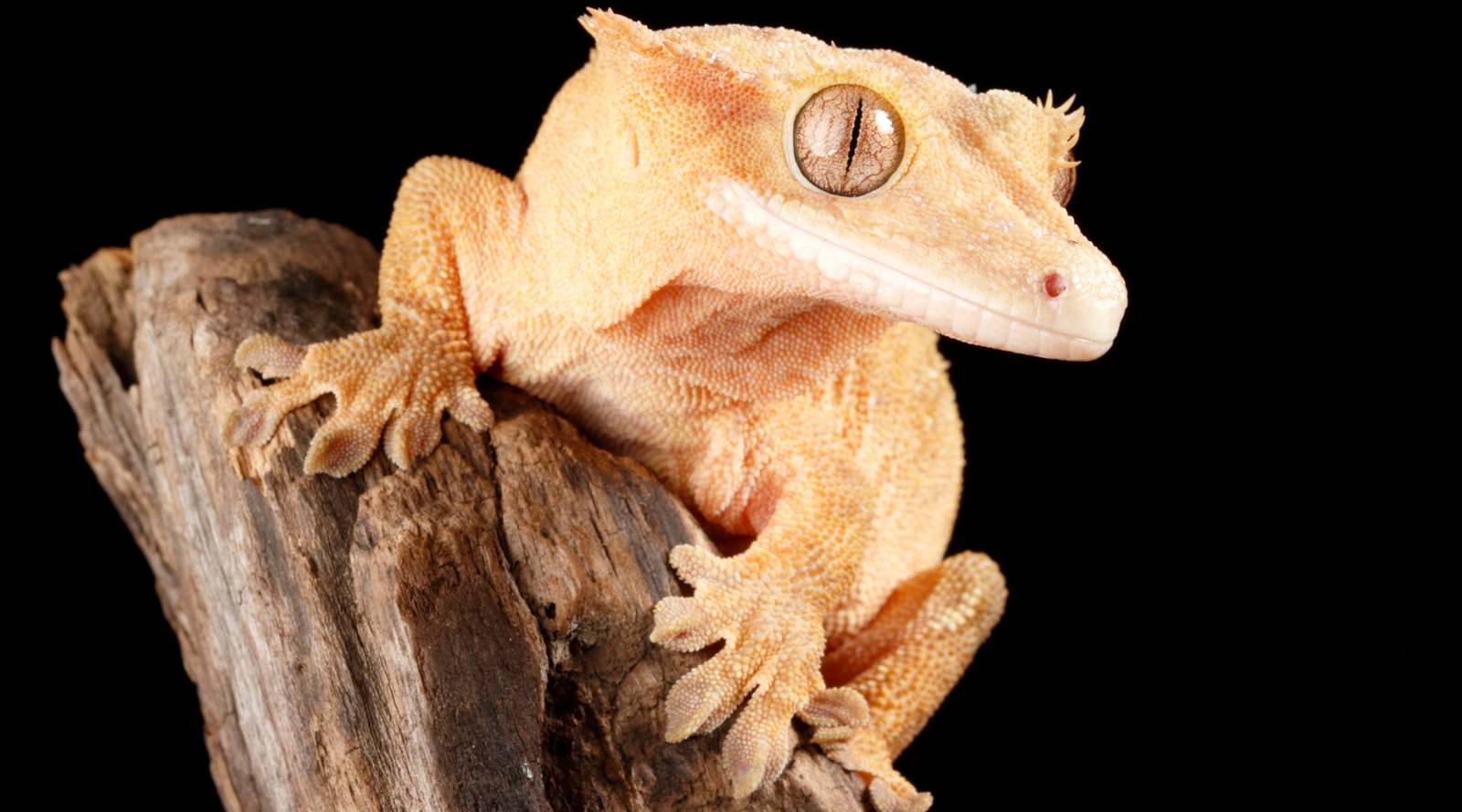
Leave a comment (all fields required)